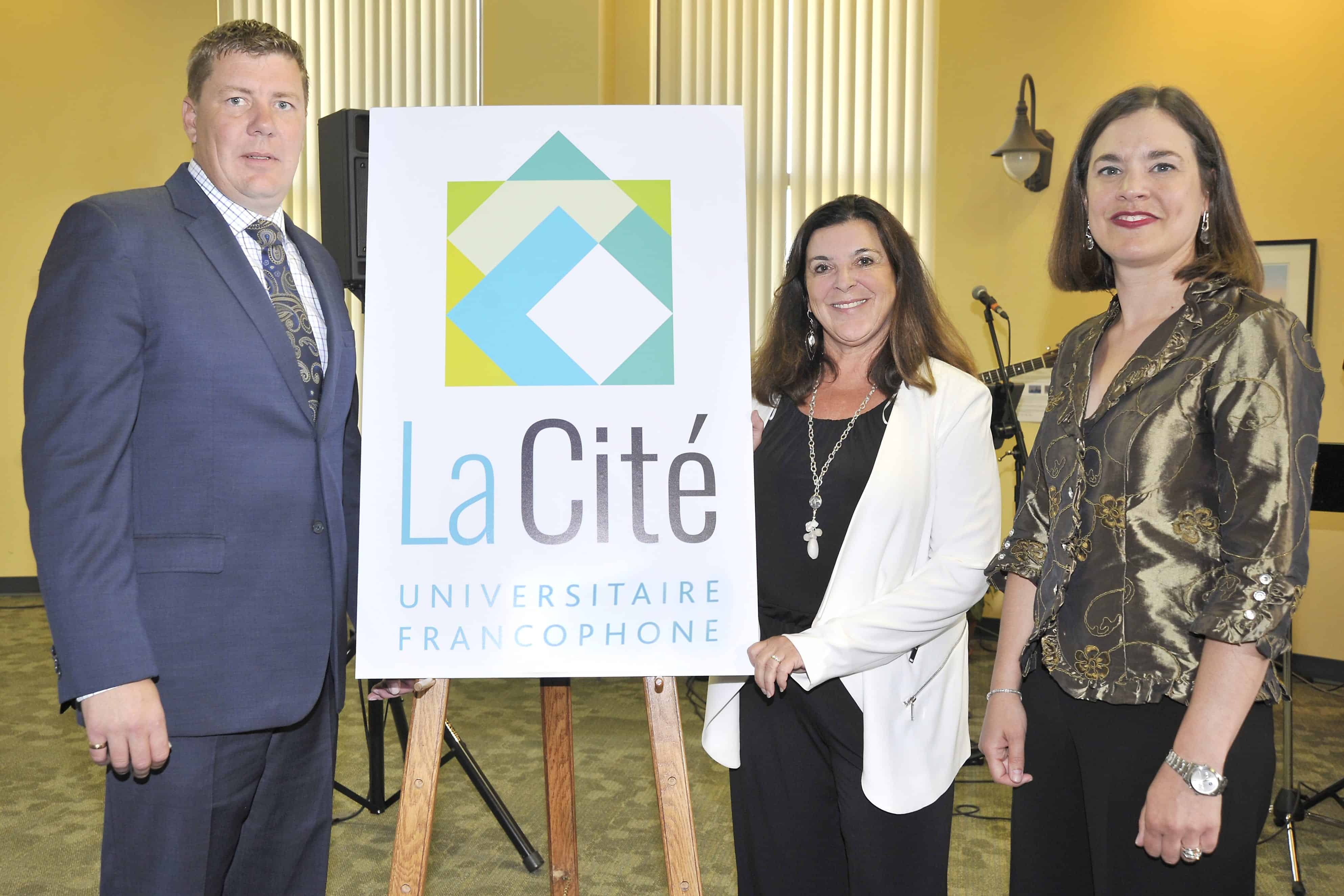La Cité represents a unified vision for French education

new institute will have more input from French Saskatchewan culture
French education at the University of Regina is becoming more centred on Fransaskois (French Saskatchewan) culture. The former Language institute and the department of French have merged to create “a single cohesive academic unit” known as La Cité (the City). According to Dr. Sophie Bouffard, Director of La Cité, “[w]e have the academic standing of the other faculties so we can manage degrees and credit programs.”
This merge represents a shift in focus for French education. La Cité’s merging of the Language Institute with the Department of French means the Fransaskois community, which has members on the advisory council, will have more power. This will allow them to aid in the “coordination and oversight of French programming at the University of Regina. It will ensure a common vision for French and bilingual programs at the University of Regina and ensure the development of coherent university programs and courses in French,” says Bouffard.
The University hopes to create “more programs and courses in French and a nationally renowned research centre.” The Language Institute was home to the Centre Canadien de Recherche Sur les Francophonies en Milieu Minoritaire (CRFM), which “researches Francophone minorities and community development,” says Boffard. The CFRM is a leading researcher in French culture in Canada.
The merger came after efforts made by the Fransaskois community to increase the power of their community to guide and deliver French education. However, some students are divided on the change, with one student (who wished to remain anonymous) saying, “Until the English language enjoys the same protection in Quebec that French enjoys in the other nine provinces and three territories, I think it’s terribly inappropriate to rain those taxpayers’ hard earned dollars upon this sort of thing.”
Other students echoed the notion, arguing that only when a significant number of Anglophone Canadians from Western Canada can speak French when visiting Quebec, will Quebec decide once and for all that Canada is serious about keeping the province in Confederation.
Melissa Pleau, a second-year psychology student, said, “It’s interesting to see Fransaskois culture added to French education at the university.”
In a speech at the inauguration of La Cité, the president of the Fransaskois Community Assembly stated, “[t]he road that led to the inauguration of the City was filled with obstacles. We have passed through the frustration, discouragement and misunderstanding. Perseverance and dialogue have allowed us to develop a solution. The objective of the Fransaskois community has never changed: the courses, programs and academic services in French adapted to our reality.”
U of R President Dr. Vianne Timmons says, “La Cité will better serve the students on campus with the hope it will encourage more on campus to take an interest in the language.”
French education at U of R has not always run smoothly. In 2011, Timmons was accused by the Language Institute of not being committed to French education after refusing to renew the contract of Peter Dorrington, then director of the institute. In April 2012, protestors rallied on the U of R campus, accusing the administration of trying to dismantle French programming at the university. In September of 2012 the Fransaskois community came together with university executives to discuss the future of the program. These talks led directly to the creation of La Cité Universitaire.
“La Cité is a place where we hope students will feel welcome and will offer more immersive french education,” says Bouffard.










